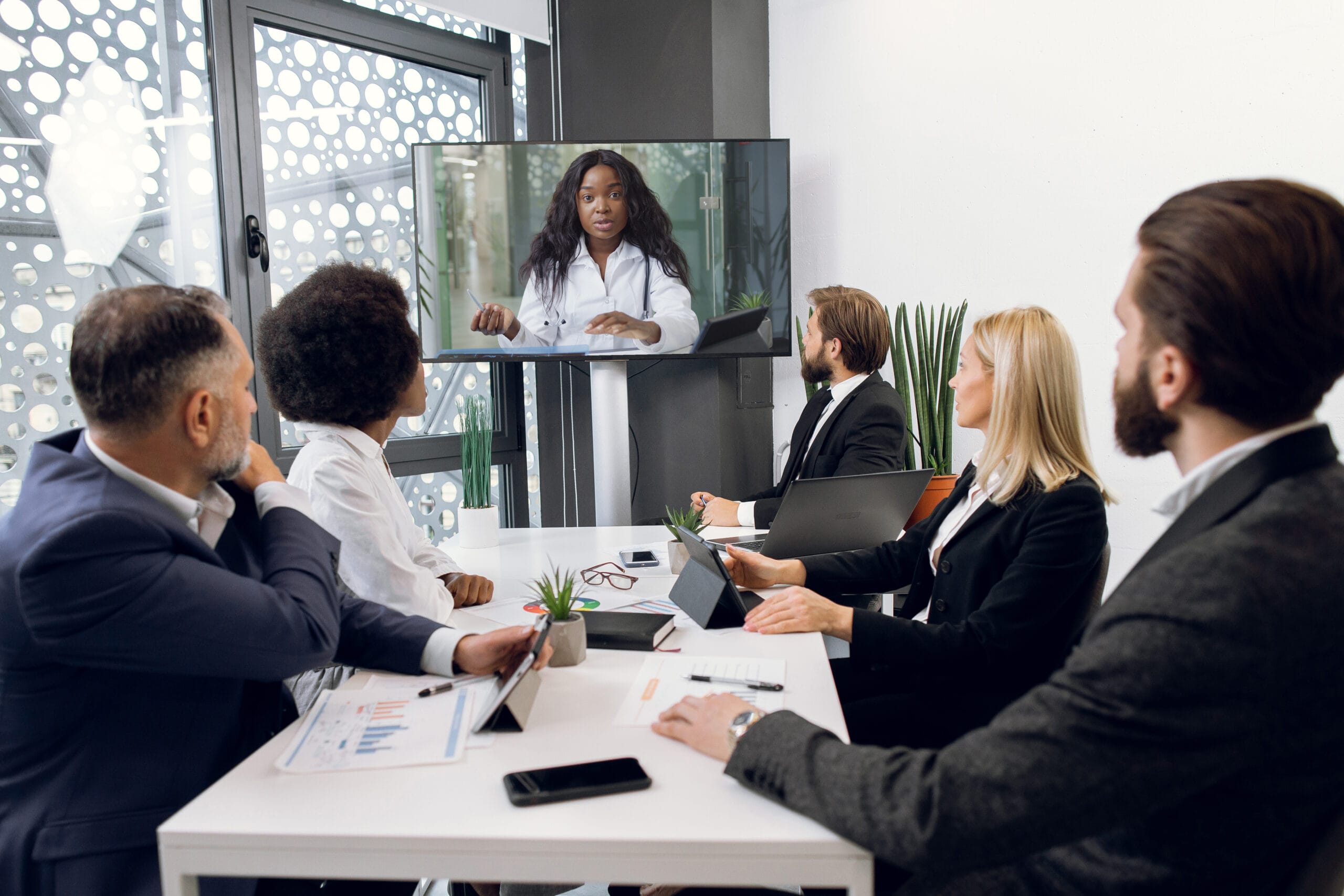Well-structured trial presentations can influence judges and juries.
Well-structured trial presentations can influence judges and juries.
Blog Article
Exactly How Trial Presentations Enhance Your Debate and Persuade Jurors
Test presentations work as a critical mechanism for improving lawful disagreements and encouraging jurors. By incorporating aesthetic help, narrative structures, and emotional engagement, lawyers can create a compelling instance that resonates on multiple levels. The critical usage of visuals not just clarifies intricate info yet also captures jurors' focus extra effectively than words alone. Nevertheless, the art of storytelling plays a similarly important function in transforming valid proof into an engaging story, forming jurors' assumptions - trial presentations. Comprehending these elements can considerably affect test end results, raising the question of exactly how each part adds to this intricate dynamic.

Value of Aesthetic Aids
Aesthetic help play a crucial role in enhancing the performance of trial discussions, as they can dramatically raise target market interaction and retention of details. In the context of a trial, where jurors are tasked with handling complicated information, visual aids serve to streamline and clarify vital points. Graphes, graphs, and pictures can convey data and ideas that might otherwise bewilder or confuse jurors, enabling a much more simple understanding of the proof presented.
Additionally, aesthetic aids help in preserving juror interest throughout the procedures. By breaking the uniformity of verbal testimony, these tools can punctuate vital disagreements, making them much more remarkable. Efficient visual aids can likewise evoke emotional actions, which can be crucial in persuading jurors to align with the speaker's story.

Crafting Compelling Stories
An engaging narrative is important in trial presentations, as it works as the foundation of effective persuasion. It permits lawyers to weave with each other realities, proof, and psychological aspects into a coherent tale that reverberates with jurors. This narrative framework allows jurors to understand the intricacies of the situation while directing them through the attorney's argument.
To craft a compelling narrative, lawyers should concentrate on clearness and comprehensibility. This involves establishing a clear protagonist-- commonly the client-- and detailing their journey via the events concerned. Presenting the truths in a sensible series boosts comprehension and keeps involvement. Furthermore, using vivid summaries can produce psychological pictures that assist jurors envision the events, making the story a lot more remarkable.
In addition, incorporating crucial themes throughout the presentation reinforces the core message and help in retention - trial presentations. The story needs to not only share details yet also evoke a sense of justice, highlighting the risks included. Inevitably, a sound story promotes a connection in between the jurors and the situation, placing the lawyer's argument as both legitimate and compelling, consequently boosting the probability of a desirable decision

Engaging the Court Emotionally
Effective court engagement pivots on the lawyer's ability to attach with jurors on an emotional degree. This connection can dramatically influence jurors' perceptions and their utmost decision-making.
Aesthetic aids, such as photographs or videos, can additionally enhance psychological interaction, offering jurors with brilliant depictions of the instance's human aspects. Crafting a story that highlights the battles and triumphs of the individuals included makes sure that jurors see beyond the legal debates and identify the human consequences of their decisions.
A lawyer's passionate delivery can reverberate with jurors, enhancing their psychological link investment in the situation. It's crucial to balance emotional charms with factual proof, guaranteeing that jurors really feel forced to act while continuing to be based in the truth.
Structuring Your Presentation

The body of the discussion need to be realistically fractional right into crucial factors, each sustained by engaging evidence. It is valuable to make use of storytelling techniques to weave realities right into a narrative that jurors can easily adhere to. Visual aids, such as charts and video clips, can boost understanding and involvement, aiding to highlight essential items of evidence.
Real-World Situation Researches
Analyzing real-world instance studies supplies very useful understandings into the art of trial discussions and persuasion. The site case of "O.J. Simpson v. Individuals of The golden state" shows how visual aids and engaging stories can sway jury understandings. The protection team efficiently employed a technique that combined high-profile professional testaments with multimedia discussions, which astounded jurors and eventually influenced their decision.
An additional significant instance is the "McDonald's Coffee Situation," where the complainant's attorneys made use of graphic photos of the injuries endured by Stella Liebeck. trial presentations. This raw aesthetic evidence played an essential role in sharing the severity of her burns, bring about a considerable court award. Such instances show that impactful test presentations typically pivot on the effective combination of visuals and narration to evoke psychological actions from jurors
In addition, the "Casey Anthony Trial" highlighted the significance of narrative coherence and integrity. The prosecution's failing to establish an engaging timeline decreased their persuasive power, underscoring the requirement of a well-structured presentation. Examining these cases exposes that successful test presentations require tactical planning, psychological interaction, and the capability to reverberate with jurors' worths and beliefs.
Conclusion
Trial presentations substantially enhance arguments and persuade jurors moved here via the critical usage of visual help, compelling stories, and emotional interaction. A well-structured presentation equilibriums psychological charms with factual proof, eventually reverberating with jurors' values.
Report this page